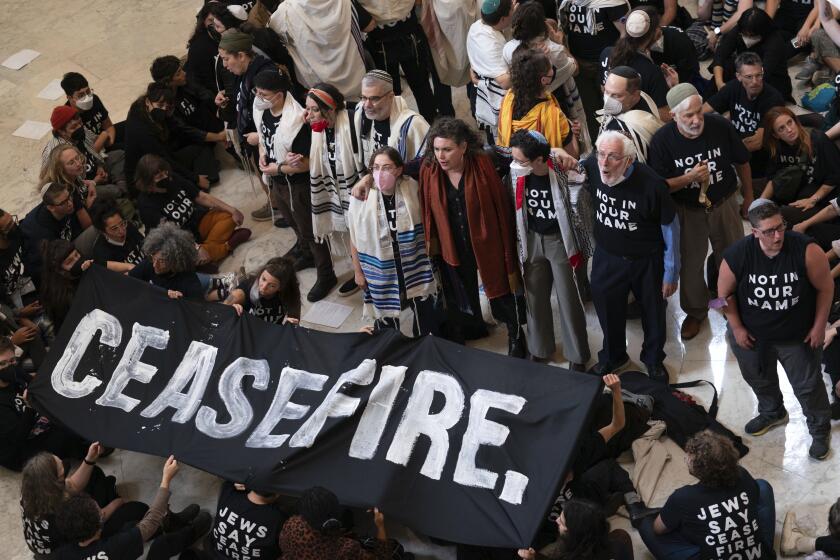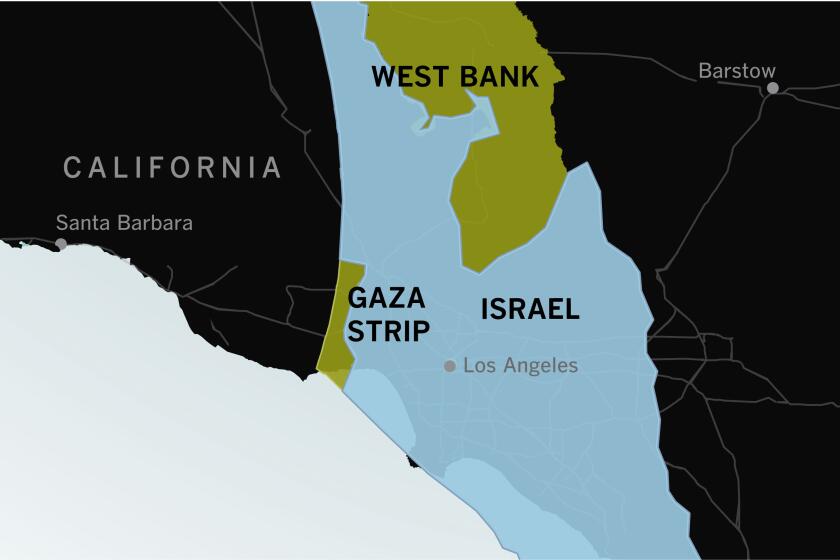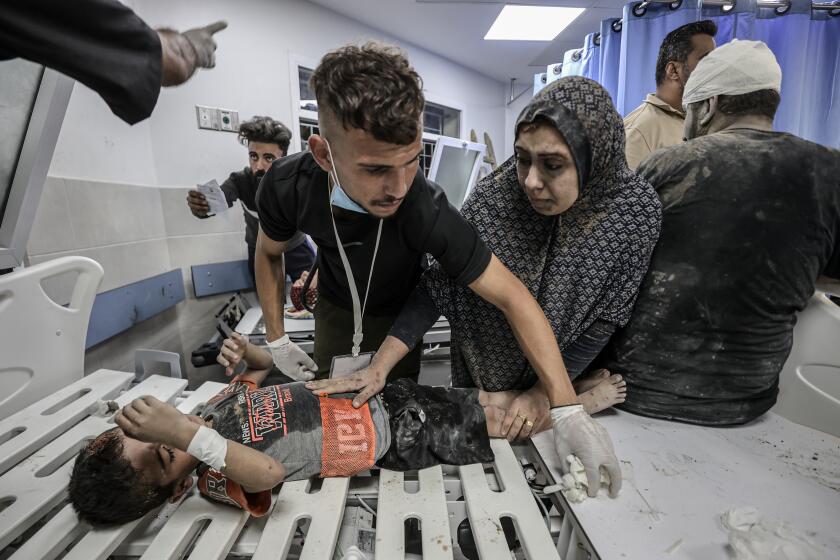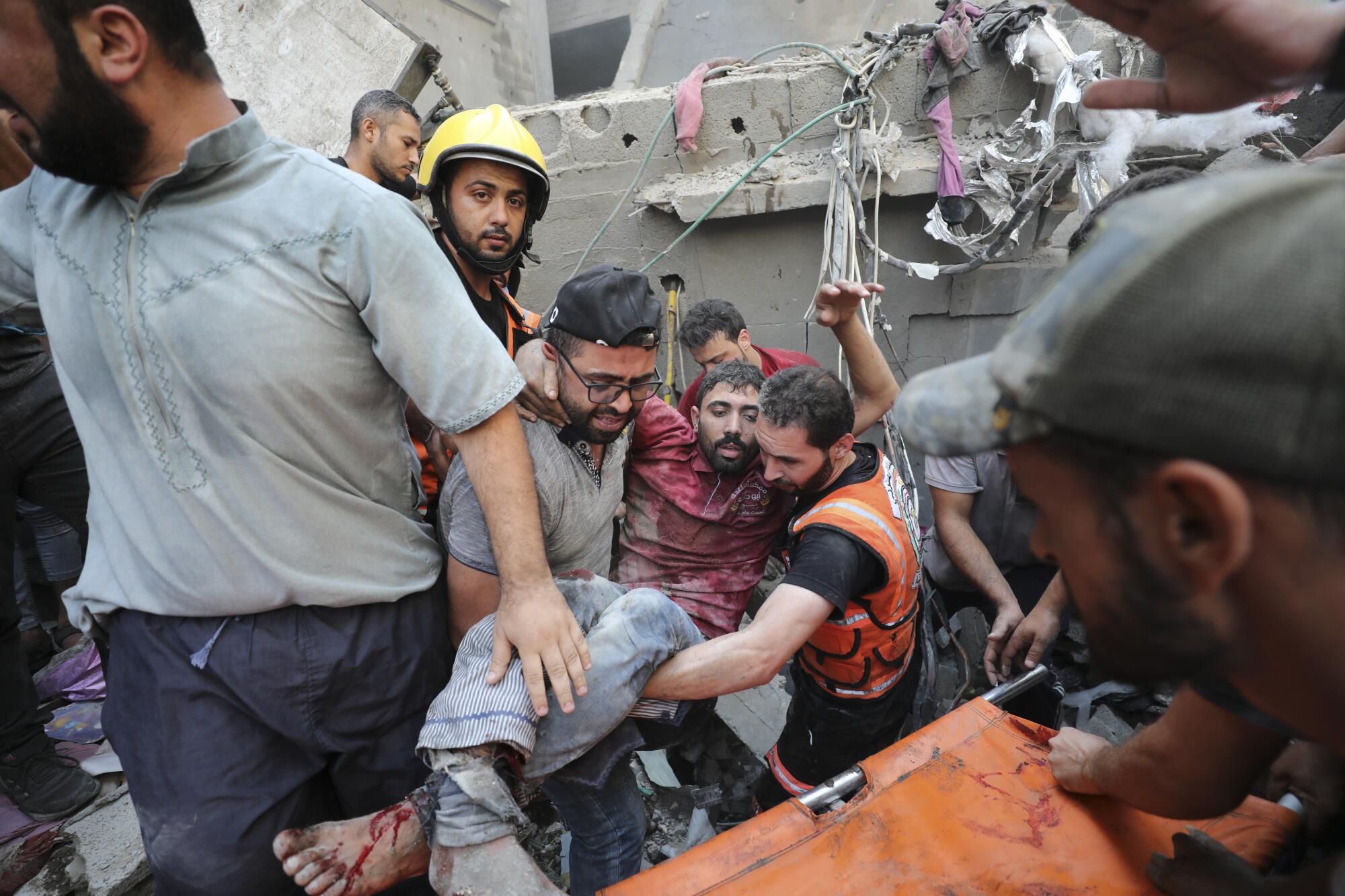
RAFAH, Gaza Strip — Israel escalated airstrikes across the Gaza Strip on Tuesday, crushing families in the rubble of residential buildings, as health officials said hundreds of Palestinians were killed in the last day and medical facilities were shut down because of bomb damage and a lack of power.
The soaring death toll from Israel’s bombardment is unprecedented in the decades-long Israeli-Palestinian conflict. It augurs an even greater loss of life in Gaza once Israeli forces backed by tanks and artillery launch an expected ground offensive aimed at crushing Hamas militants.
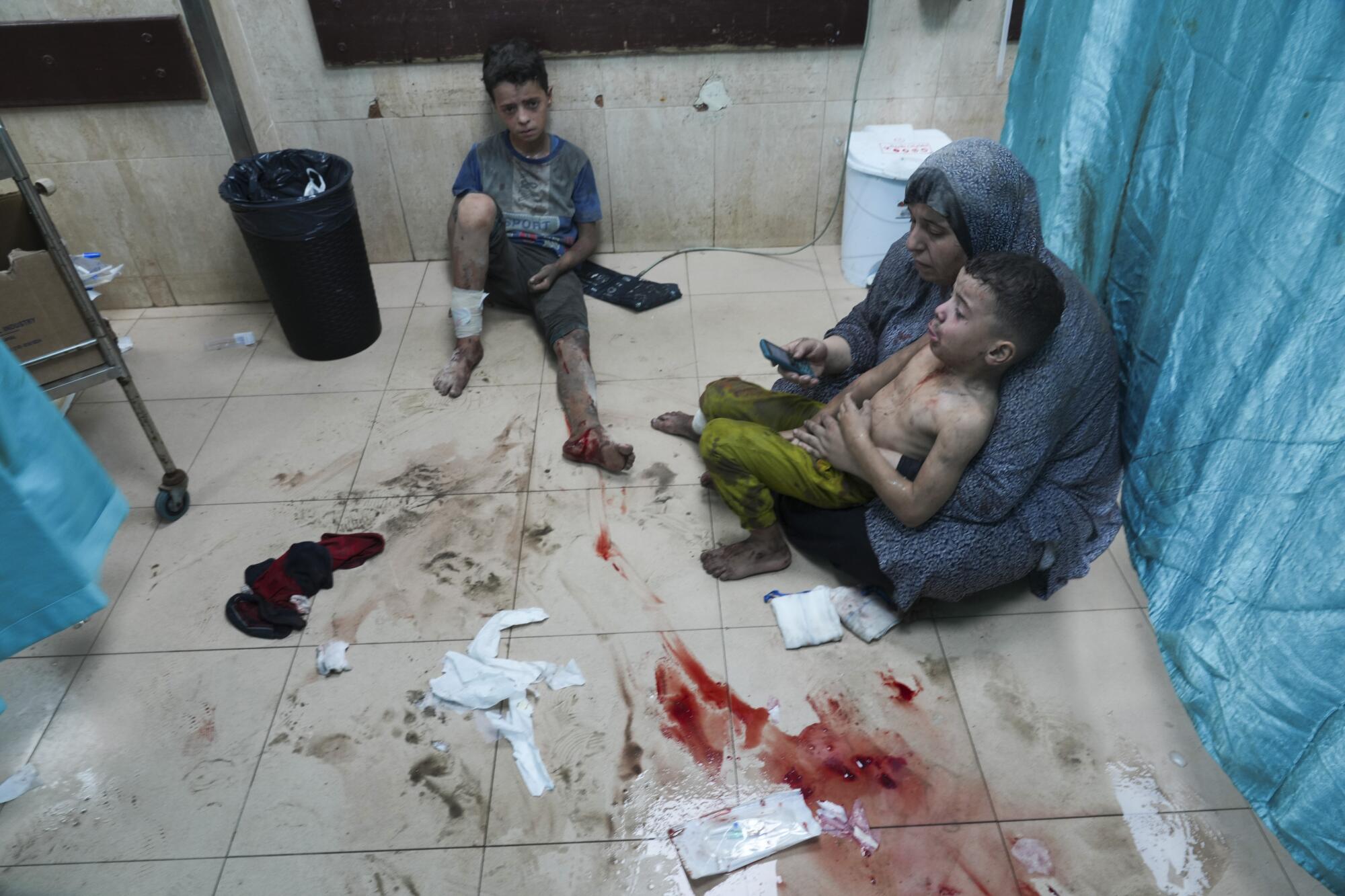
Gaza’s 2.3 million people have been running out of food, water and medicine since Israel sealed off the territory after the devastating Oct. 7 attack by Hamas on towns in southern Israel.
The Gaza Health Ministry, which is run by Hamas, said Israeli airstrikes killed at least 704 people over the last day, mostly women and children. The Associated Press could not independently verify the death tolls cited by Hamas, which says it tallies figures from hospital directors.
In Washington, White House National Security Council spokesman John Kirby told reporters that the U.S. also could not verify that one-day death toll.
“The Ministry of Health is run by Hamas, and I think that all needs to be factored into anything that they put out publicly.”
Israel said Tuesday that it had launched 400 airstrikes over the last day, killing Hamas commanders, hitting militants as they were preparing to launch rockets into Israel and striking command centers and a Hamas tunnel shaft. Israel reported 320 strikes the day before.
‘Our human ask is that people give a damn when we die,’ said one rabbi. Amid the Israel-Hamas war, many U.S. Jews feel betrayed by people they thought were allies.
On Tuesday, Israeli Foreign Minister Eli Cohen told the U.N. Security Council that the proportionate response to the Oct. 7 attack is “a total destruction to the last one” of the militants. “It is not only Israel’s right to destroy Hamas. It’s our duty,” he said.
The Israeli military said it thwarted an assault by a group of Hamas divers that tried to infiltrate Israel on a beach just north of Gaza on Tuesday.
Across central and south Gaza, where Israel had told civilians to take shelter, there were multiple scenes of rescuers pulling the dead and wounded out of large piles of rubble from collapsed buildings. Graphic photos and video shot by the AP showed rescuers unearthing bodies of children from multiple ruins.
A father knelt on the floor of the Al Aqsa Hospital in Deir al Balah next to the bodies of three dead children cocooned in bloodied sheets. Later at the nearby morgue, workers prayed over 24 dead wrapped in body bags, several of them the size of small children.
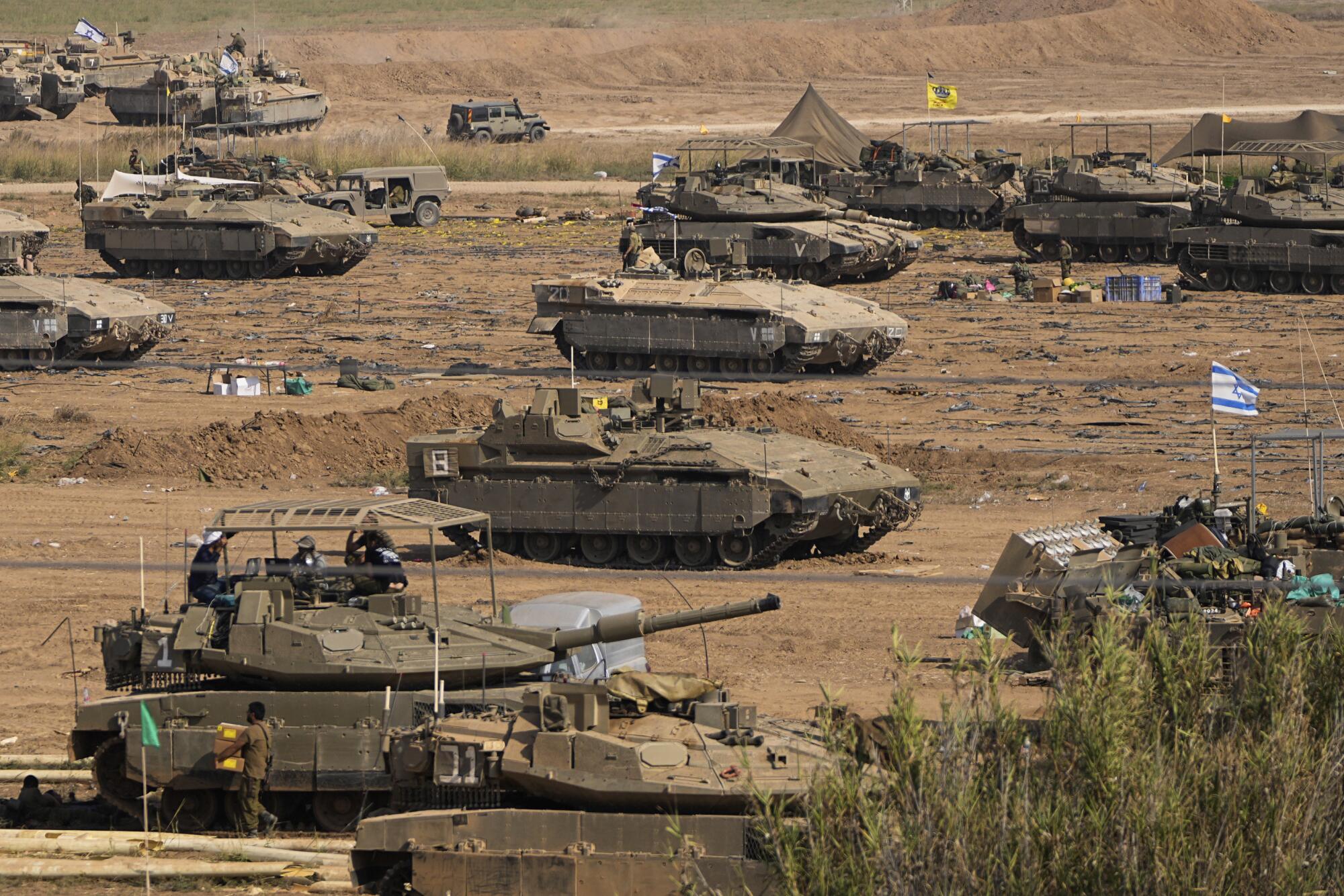
Buildings that collapsed on residents killed dozens at a time in several cases, witnesses said. Two families lost a total of 47 members in a leveled home in Rafah, the Health Ministry said.
A strike on a four-story building in Khan Yunis killed at least 32 people, including 13 members of the Saqallah family, said Ammar Butta, a relative who survived the airstrike. He said there were about 100 people sheltering in the building, including many who had evacuated from Gaza City.
“We thought that our area would be safe,” he said.
Maps show that Israel and the Gaza Strip would cover only fractions of Southern California and the Los Angeles area, respectively.
Another strike destroyed a bustling marketplace in the Nuseirat refugee camp in central Gaza, witnesses said. AP photos showed the floor of a vegetable shop covered with blood.
In Gaza City, at least 19 people were killed when an airstrike hit the house of the Bahloul family, according to survivors, who said dozens more people remained buried. The legs of a dead woman and another person, both still half buried, dangled out of the wreckage where workers dug through the dirt, concrete and rebar.
The Health Ministry says more than 5,700 Palestinians have been killed in the war, including some 2,300 minors. The figure includes the disputed toll from an explosion at a hospital last week.
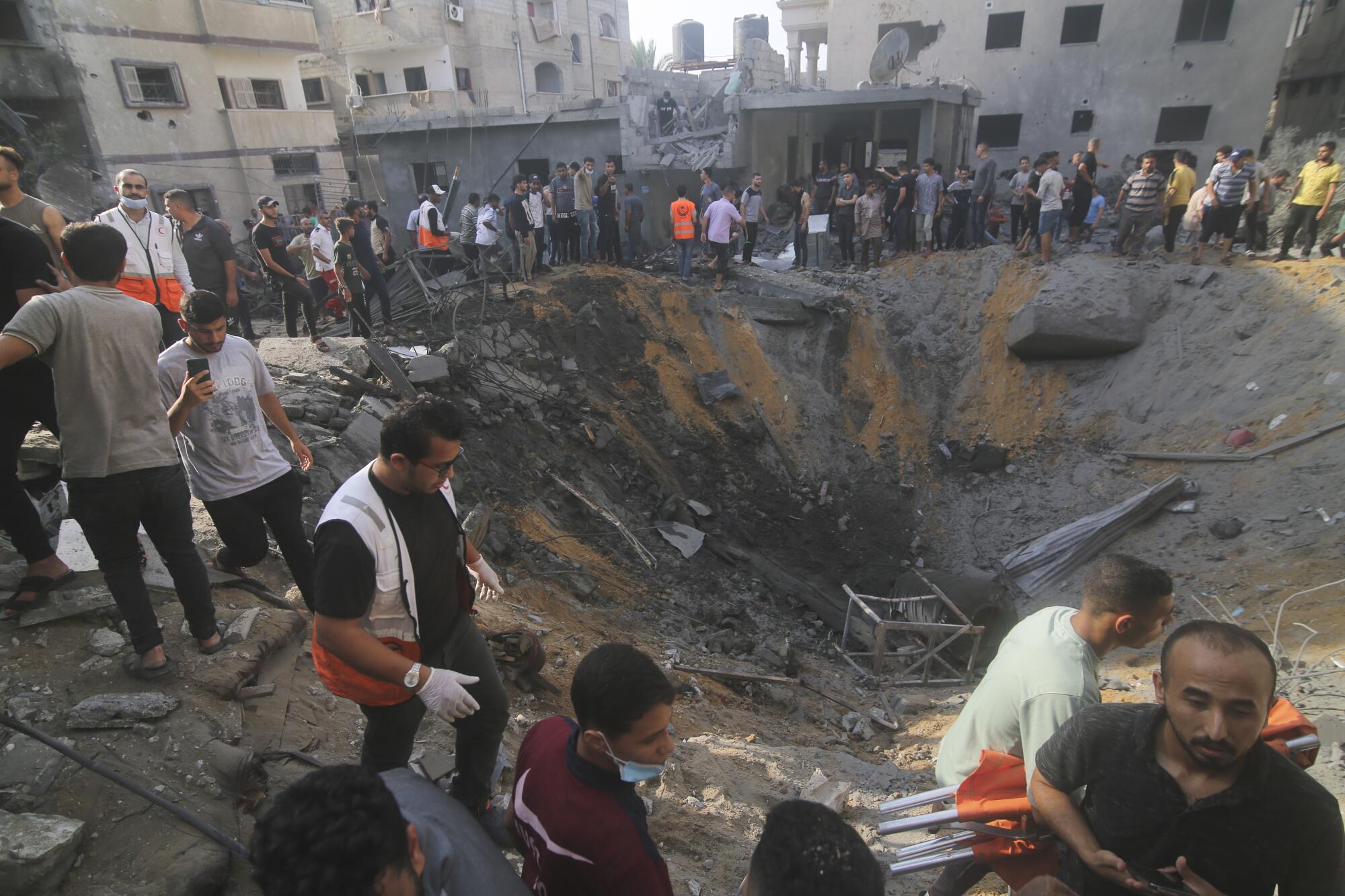
The fighting has killed more than 1,400 people in Israel — mostly civilians slain during the initial Hamas attack, according to the Israeli government.
As the death toll in Gaza spirals, and fuel supplies dwindle, the number of facilities able to deal with casualties is shrinking. More than half of primary healthcare facilities, and roughly 1 of every 3 hospitals, have stopped functioning, the World Health Organization said.
Overwhelmed hospital staff struggled to triage cases as constant waves of wounded were brought in. The Health Ministry said many wounded are laid on the ground without even simple medical intervention and others wait for days for surgeries because there are so many critical cases.
After a hospital blast in Gaza, doctors struggling to save lives amid danger and dwindling supplies say they and the medical system are near collapse.
While Israel has allowed a small number of trucks filled with aid to enter, it has barred deliveries of fuel to Gaza, saying it wants to keep it out of Hamas’ hands. The U.N. said its operation distributing aid will halt Wednesday evening if it does not receive fuel.
To make room for the dead, cemeteries have been forced to excavate and reuse old plots. Families have dug trenches to bury multiple bodies at a time.
“Bodies pour in by the hundreds every day. We use every empty inch in the cemeteries,” said Abdel Rahman Mohamed, a volunteer who helps transfer bodies to Khan Yunis’ main cemetery.
Breaking News
Get breaking news, investigations, analysis and more signature journalism from the Los Angeles Times in your inbox.
You may occasionally receive promotional content from the Los Angeles Times.
Israel says it does not target civilians and that Hamas militants are using them as cover for their attacks. Palestinian militants have fired more than 7,000 rockets at Israel since the start of the war, according to Israel, and Hamas said it fired a fresh barrage on Tuesday.
On Monday, Hamas released two elderly Israeli women who were among the more than 220 people Israel says were taken to Gaza during the Oct. 7 attack.
Appearing weak in a wheelchair and speaking softly, 85-year-old Yocheved Lifshitz told reporters Tuesday that the militants beat her with sticks, bruising her ribs and making it hard to breathe as they kidnapped her. They drove her into Gaza, then forced her to walk several miles on wet ground to reach a network of tunnels that looked like a spider web, she said.
Once there, she said, she was treated well, fed and given medical care.
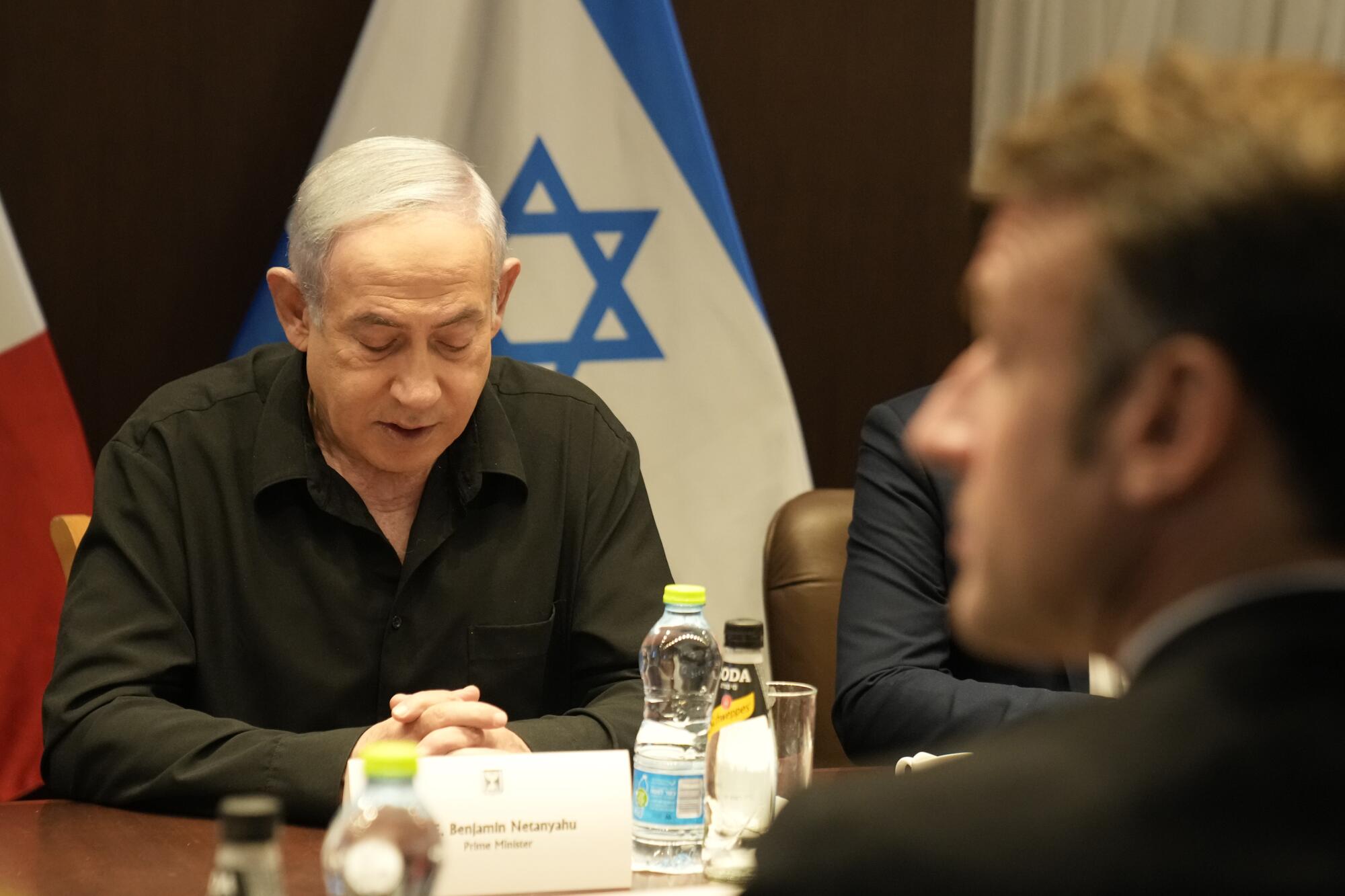
Lifshitz and 79-year-old Nurit Cooper were freed days after an American woman and her teenage daughter were released.
The Israeli military dropped leaflets in Gaza asking Palestinians to reveal information on the hostages’ whereabouts. In exchange, the military promised a reward and protection for the informant’s home.
Iranian-backed fighters around the region are warning of possible escalation, including the targeting of U.S. forces deployed in the Mideast, if a ground offensive is launched. Israel and Hezbollah have traded fire almost daily across the Israel-Lebanon border.
Magdy reported from Cairo and Nessman from Jerusalem. Associated Press writers Wafaa Shurafa in Deir al Balah, Gaza Strip; Aamer Madhani in Washington; Amy Teibel in Jerusalem and Brian Melley in London contributed to this report.
More to Read
Sign up for Essential California
The most important California stories and recommendations in your inbox every morning.
You may occasionally receive promotional content from the Los Angeles Times.
